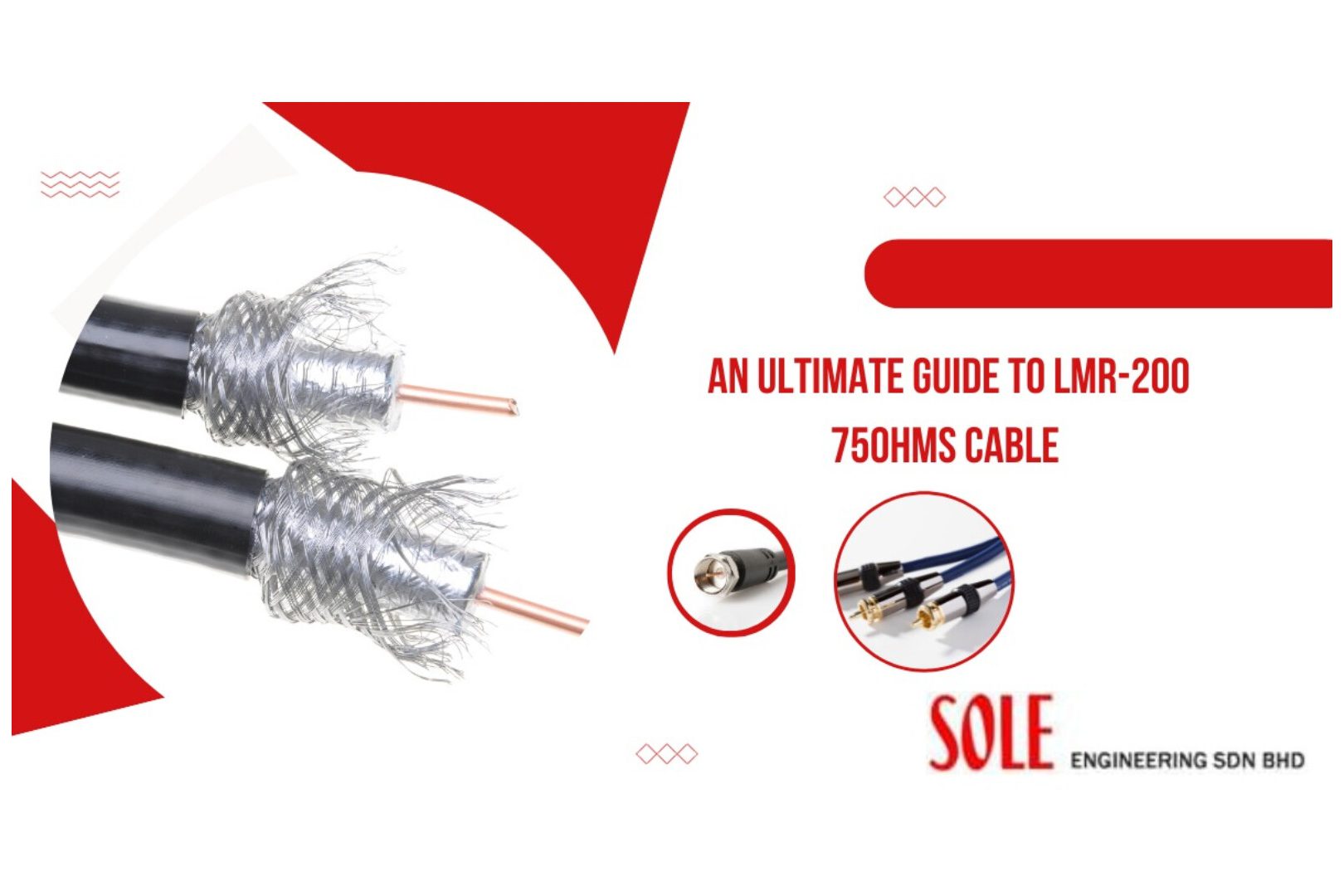Introduction:
In the ever-evolving landscape of communication technology, the significance of reliable and efficient cables cannot be overstated. Among the myriad of options available, the LMR-200-75ohms cable stands out as a versatile and high-performance solution. This ultimate guide aims to unravel the intricacies of LMR-200-75ohms cable, shedding light on its features, applications, and the advantages it brings to various industries.
Understanding LMR-200-75ohms Cable:
LMR-200-75ohms cable is a coaxial cable designed with precision to ensure optimal signal transmission. The designation “LMR” stands for “Low Loss Microwave Radio.” The number “200” denotes the cable’s diameter size, and “75ohms” represents its characteristic impedance. The 75-ohm impedance is a standard in many audio and video applications.

LMR-200-75ohms Cable
Key Features:
1. Low Loss Design:
LMR-200-75ohms cable’s design shows low-loss dielectric material, minimizing signal attenuation over long distances. This feature makes it an ideal choice for applications where signal integrity is paramount.
2. Versatility of LMR-200-75ohms:
This cable finds applications in a wide range of industries, including telecommunications, broadcasting, and audio-visual systems. Its compatibility with various connectors and devices makes it a versatile solution for diverse connectivity needs.
3. Impedance Matching:
The 75-ohm characteristic impedance ensures effective impedance matching, particularly in applications involving audio and video signals. This characteristic makes LMR-200-75ohms cable suitable for high-frequency transmission with minimal signal distortion.
Applications of LMR-200-75ohms:
1. Broadcasting:
The common uses of LMR-200-75ohms includes broadcasting for the transmission of television and radio signals. Its low-loss characteristics contribute to the clarity and quality of broadcasted content.
2. Telecommunications:
In the telecommunications industry, LMR-200-75ohms cable is employed for transmitting signals in applications such as satellite communications and broadband networks. Its low-loss design supports efficient long-distance signal transmission.
3. Audio-Visual Systems:
The cable’s compatibility with audio and video signals makes it a preferred choice in audio-visual systems, including home theater setups and professional audio installations.
Advantages:
1. Signal Integrity of LMR-200-75ohms:
The low-loss design of LMR-200-75ohms cable ensures that signals are transmitted with minimal distortion, preserving the integrity of the transmitted data.
2. Durable Construction:
LMR-200-75ohms cable is often designed with durable materials, offering resistance to environmental factors such as moisture and temperature variations. This durability enhances the cable’s lifespan and reliability.
3. Ease of Installation:
With its compatibility with various connectors and devices, LMR-200-75ohms cable facilitates easy installation and integration into different systems.
Conclusion:
In the realm of communication technology, where the demand for high-performance cables is ever-growing, the LMR-200-75ohms cable stands as a reliable and efficient solution. Its low-loss design, versatility, and compatibility make it a go-to option for various industries seeking optimal signal transmission. Whether in broadcasting, telecommunications, or audio-visual systems, the LMR-200-75ohms cable proves to be an indispensable component, contributing to the seamless flow of information across diverse applications.







